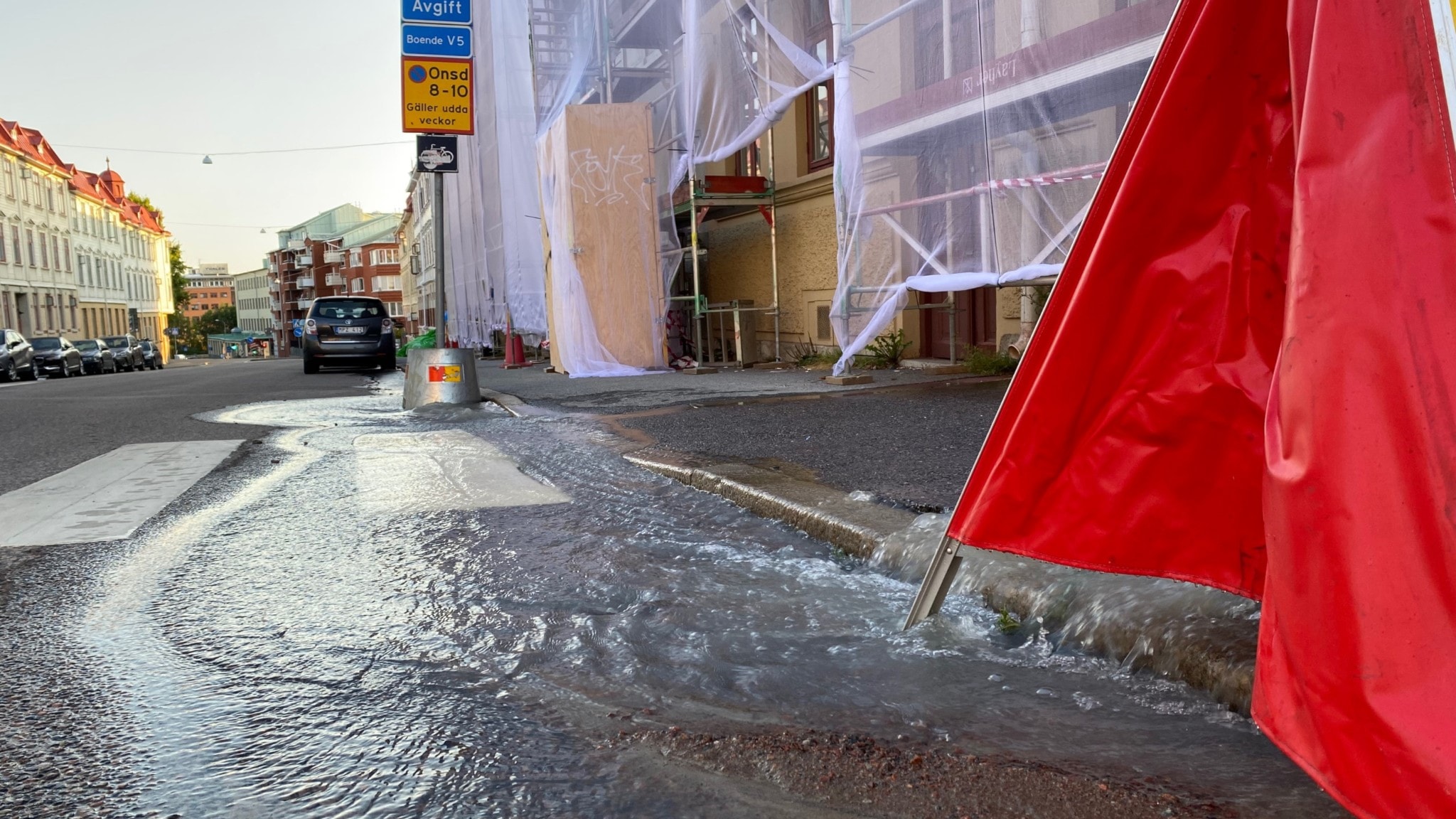The commentary on this two part video does not really propose anything although it does, IMO, reveal the privilege of the gentry and wealthy to usurp and possibly cover up things for whatever reasons, probably for some sort of self gain. These tunnels are not headline news, nor sponsored by the UK government for excavation, rather funded by ordinary people seeking answers.
A similar narrative, built in the 1800's, known to the military and not talked about. Most people have no idea and probably don't care. Although some parts of them may have been built at that time, I think those actions covered up more than was revealed. The narrative actually tries to maintain the history we are taught until it can't explain what is actually revealed.
Perhaps this will be easier for some to watch as it filters out the woo woo beliefs that some just can't get past in order to filter through to the core of the point. Martin just seems down to earth, doing what he loves and, IMO, uncovering some gems wort questioning.
I think it is easier to cover up history in places where there is continuity of civilisation by attributing stories and timelines after the fact when no one alive is able to prove otherwise or argue the point or even care because they are in survival mode and probably ignorant of what has gone before. Yet there always seems to be that group who is in the know and has power and clout to call the shots and just create stories and call it gospel by which they laymen must abide. Contrarians have been harshly dealt with and used as examples for others.
In Australia on the other hand there is supposed to be nothing but the natives and bushland. Existence of petroglyphs and hieroglyphs are not taught in school nor where they can be found and what that may imply. Australia was discovered in 1770-ish and that's all we need to know.
Adelaide, specifically, is said to have had a population of around 14000 in 1850 most of whom were farmers and yet to look at the city at that time I can't help but wonder that some of their claims just don't make sense to me. Search reveals this:
"Holy Trinity Church
Oldest Buildings Project
There are already 216 places on the South Australian Heritage Register that are known to have been
built between 1837 and 1855, with Holy Trinity Church on North Terrace in
Adelaide acknowledged as one of the
oldest buildings in the state.10 Mar 2020"
Being on a heritage list, it is probably not some little shack or quaint statue. And St. Peter's Cathedral must have been really hard work for those labourers. When did all these people tend their farms and families while building all this? By the 1850's Victoria's gold rush took a lot of people away and the copper mines up north, so who was left to build?
Oh, and most places are opened, established, founded, dedicated, commemorated or some other word implying, but not committing to, 'building' in writing. Yeah, you could say it was the expression of the times and how they spoke but...nah, doesn't really hold water IMO.
The paintings of Nuremberg and and Basel in the 1560's comes to mind with the sky phenomena and what really happened that is not talked about. Certainly the very floods and landslides of today are leaving millions homeless, some dead and others migrating. I Wonder if in 50 or 100 years from now someone will dig them up, restore and claim ownership. Not all things are destroyed or fully buried so, who knows.
I don't know what the real story is. I would like to know.
A lot of this has reminded me of the hundreds of years of history that have been falsely manufactured and distorted, whether in one lump or increments, as Laura's work has revealed; also various tunnel's in different parts of the world the C's have spoken of which are for the most part not known about. It's all quite intriguing.
 good to know. Maybe I need not ask the C's after all.
good to know. Maybe I need not ask the C's after all.
